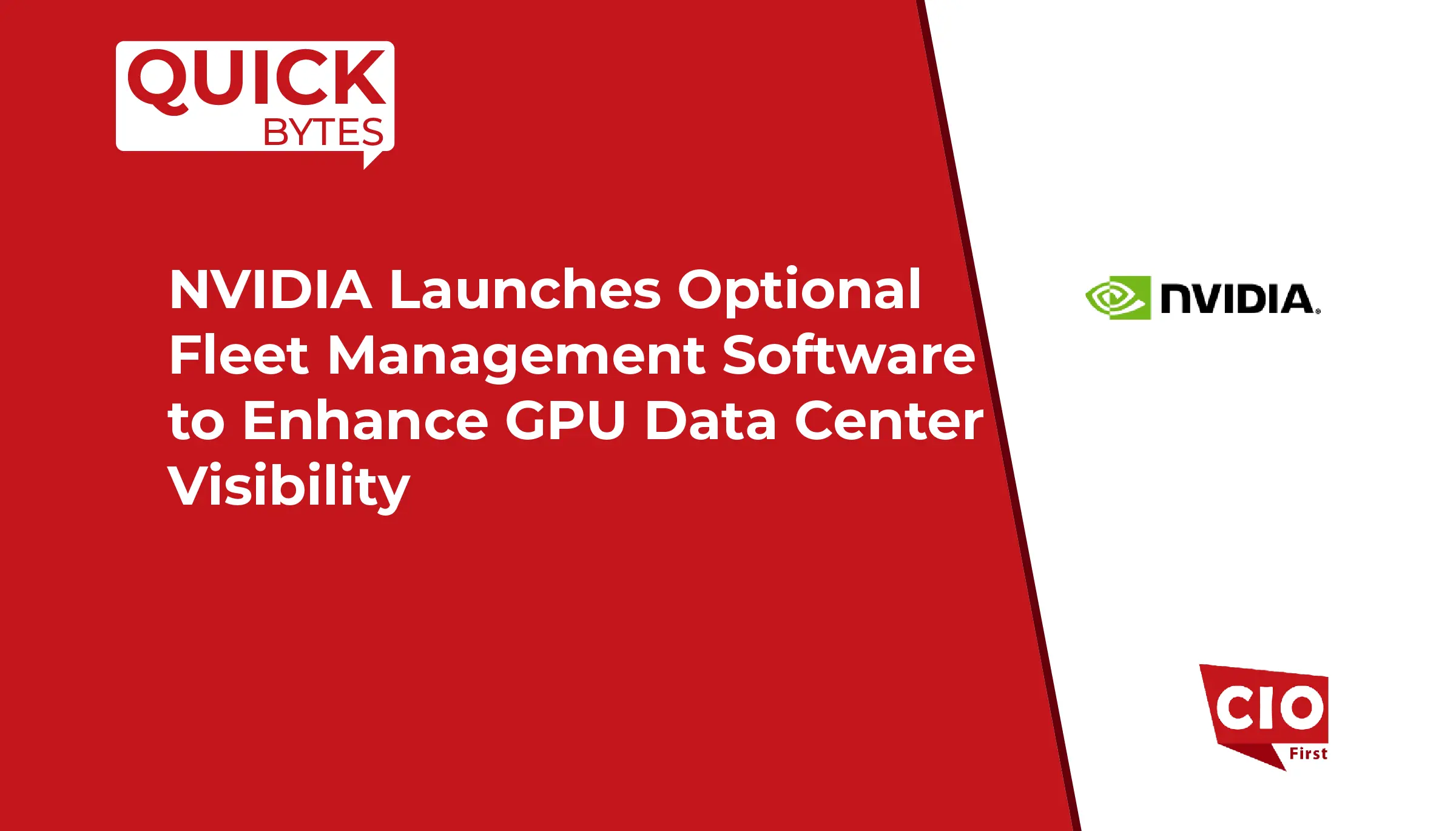Commvault, a leader in cyber resilience and hybrid-cloud data protection, introduced its new offering Data Rooms: a secure environment designed to enable enterprises to safely connect their trusted backup data to AI platforms or internal data-lakes.
With built-in governance, classification, policy-based access, and self-service controls, Data Rooms push beyond mere data protection and into data activation — helping organisations turn “backup data” into AI-ready assets without adding risk.
What Data Rooms Offer
Data Rooms integrates tightly with Commvault Cloud and enables authorized users to explore backup repositories (on-premises and cloud), discover files, emails, objects, apply classification, sensitivity tagging, and export data in open, AI-ready formats (such as Apache Iceberg or Parquet) to analytics platforms like Snowflake and Microsoft Azure.
Built on a zero-trust architecture with role-based access controls (RBAC) and encryption in transit and at rest, the offering aims to maintain compliance, audit-trails and data governance across the full lifecycle—from backup to AI-ingestion.
According to Commvault’s Chief Technology & AI Officer, the value lies in recognising that “historical data is more than just insurance – it’s a powerful, untapped strategic asset.”
The company emphasises that most enterprises are not looking for “yet another AI platform” but rather a safe way to prepare and share trusted data assets for AI consumption.
Early access is available now, with general availability targeted for early 2026.
Implications for the IT Industry
- Elevating backup from passive to strategic asset.
Traditionally, backups are treated as insurance: recover from disaster, but seldom used for analytics or AI. With Data Rooms, backup repositories become activation hubs. IT teams managing data protection will increasingly partner with analytics, AI and business-intelligence teams. This shift transforms the role of storage and backup from cost-centre to value-generator.
- Shortening the data-prep bottleneck for AI.
One key blocker in AI adoption is preparing and governing data for model training and analytics — especially when the sources are heterogeneous and protected. Data Rooms automates metadata discovery, classification and exports to AI-ready formats, reducing manual ETL overhead and speeding workflow times. For IT operations, this means fewer custom scripts, fewer shadow projects, and more auditable pipelines.
- Strengthening governance and risk posture amid AI expansion.
As enterprises embrace AI, the volume of data being reused, exposed or shared multiplies. Most IT and security leaders fear adding AI expands attack-surface.
Data Rooms addresses that by embedding audit trails, policy-based redaction and sensitivity tagging in the hand-off from backup to analytics. Thus, risk teams and compliance functions are better aligned with innovation teams.
- Re-architecting data strategy.
The offering signals that IT must design data-archiving, backup, and storage not just for resilience, but for reuse and monetisation. Firms may begin to ask: “What if my 5-year-old backups could fuel cost-optimised AI models?” Such questions imply a broader architectural rethink involving cold-storage tiers, metadata tagging and proactive data-governance frameworks.
Also Read: OpenAI and Oracle to Build Major AI Data Center Campus in Michigan
Broader Effects on Businesses
For businesses operating across industries, the launch of Data Rooms has a cascade of implications:
Accelerated insights and competitive advantage. Firms that unlock historical data for AI gain a head start in model development. They also excel in trend analysis and use-cases. This leads to faster insights, more accurate predictive analytics, and better business outcomes.
Cost-efficiency and asset optimization. Companies can maximize the value of existing backups instead of paying for duplicate data preparation or unused archiving. Data Rooms cut down on complex data pipelines. This frees up budgets for innovation rather than labor-intensive tasks.
Improved regulatory and audit readiness. With better data lineage—from backup to activation—businesses can show compliance with regulations like GDPR, CCPA, and new AI governance frameworks. This reduces friction in audits, lowers penalty risks, and builds stakeholder trust.
Cultural shift: Data-driven operations. Organisations that previously treated old backups as “cold” will begin to view them as “warm” strategic assets. That shift means training, change-management, and collaboration across IT, business-units, analytics and risk functions.
Conclusion
Commvault’s Data Rooms offering marks a key moment in data protection, AI readiness, and enterprise strategy. For the IT industry, it reshapes backup and archiving into tools for creating value, not just safety. For businesses, this tool helps unlock hidden value in historical data while ensuring governance and control in today’s risk-sensitive environment.
As data volumes rise and AI becomes vital to business strategy, companies that weave trust, governance, and activation into their data processes will likely excel in innovation, efficiency, and competition. In this light, Data Rooms positions Commvault and its customers to turn past data into future benefits.

























